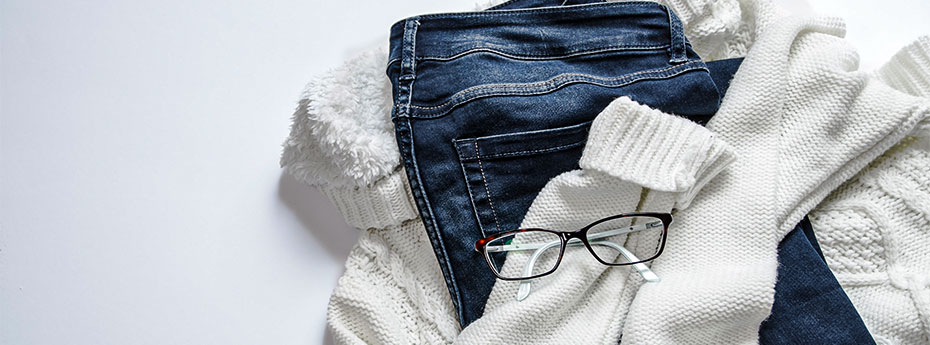
Speaking of the most popular wardrobe item that almost everyone has, jeans immediately come to my mind. Inexpensive and comfortable, they blend with many clothing styles, easily find a place in the closet of people of any age and gender. The fabric from which jeans are sewn – denim – serves as a material not only for jeans but also for skirts, shirts, jackets, hats, bags, etc. But probably Leib Strauss (who changed his name to Levi Strauss after moving to the USA) could not even imagine that his product would become popular among the masses and would not lose popularity even in 150 years. So how did he do it?
Demand Creates Its Own Supply
To be fair, the story of jeans creation should not start with Mr. Strauss. Initially, the fabric from which jeans were sewn had been used for the ship sails and in everyday life by sailors since the 15th century. The material was made in France and was called serge de Nîmes. Some sailors even used to sew pants from this fabric, but still, its wider use began only in the middle of the 19th century.
Leib Strauss, a young Jew, left for America in 1853. His goal was to join other gold rush participants and secure a future for himself because anti-Semitic sentiments were raging in Europe. However, the young man quickly realized that he would not get rich in such a competitive environment and decided to act differently. Having in-stock fabric and haberdashery, he decided to go into the trade. He only had a roll of hemp canvas which would certainly be difficult to sell by itself. Therefore, Strauss sewed a pair of trousers from that material, and one sailor quickly bought them from him. Soon, the word about trousers made of durable material promptly spread among other workers. Just think about it: the popularity of the clothing was so high that the young entrepreneur had already opened the first brand store Levi Strauss & Co (Levi’s) that same year.
For several years things went very well, but later, it became necessary to improve the initial jeans. The point was that the workers had to put the ingots of gold somewhere, and the pockets of their trousers were quickly torn off. In 1872, Strauss received a letter from Jacob Davis, an American tailor, who suggested that metal rivets had to be fastened to the most vulnerable parts of his trousers. Levi Strauss liked the idea, and soon they, together with Jacob, patented blue trousers with rivets, which took on the appearance of jeans, close to what we see today.

For many years, jeans were considered clothing for workers, miners, and cowboys. But the immense popularity of Marlon Brando and James Dean and the films in which they starred in jeans brought this garment to a new level. Even then, the glory of rebellious clothing was entrenched in jeans, which only intensified during the protests in America in the 60s when schoolchildren and students began to wear jeans.
Calvin Klein revolutionized modern jeans history in the 70s. At first, his first jeans did not make a big splash. Then he gave jeans a lower fit, and success was not long in coming. After the first step made by Klein, jeans have never left the shows of the top-tier designers.
Having come a long way, jeans have undergone some changes. Primarily, they concern the material itself – nowadays, lycra, viscose, elastane, and other synthetic fibers are added to denim. Even though the composition of denim is homogeneous – it consists largely of cotton. For example, thin jeans are sewn from chambray for the summer season, and for jeans to fit the figure better, stretch material is used. Modern textile factories add some lycra (elastane) to denim to compensate for garments’ shrinkage after washing. Natural indigo dye is traditionally used to add some color. It’s used to color the base threads, and twill is the weaving method. The production process is the following: the well-known fabric is produced on weaving machines where one transverse unpainted (weft) is taken for three longitudinal indigo-colored threads (warp). It comes in three layers of density, depending on which shirts and dresses or outerwear are sewn.
By the way, if you want denim things to keep their good look and shape longer, you should pay attention to this: turn the things inside out and fasten the button/zip, wash such things separately so as not to stain other things, do not squeeze denim things too much, iron them slightly damp.
Well, as of today, you can see that denim items will be part of our wardrobes for a long time. High-waisted models are especially popular today. After all, jeans feel like a second skin! Fashion for comfortable things is with us for a long time, so feel free to add a new pair of jeans or other denim clothes to your wardrobe!





